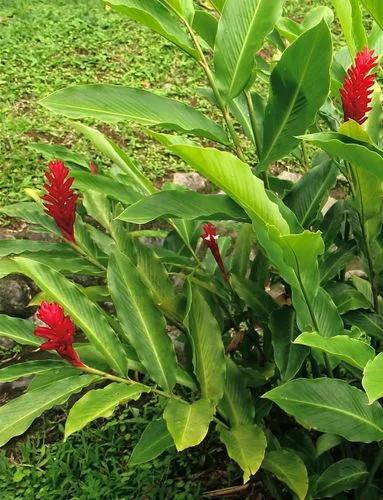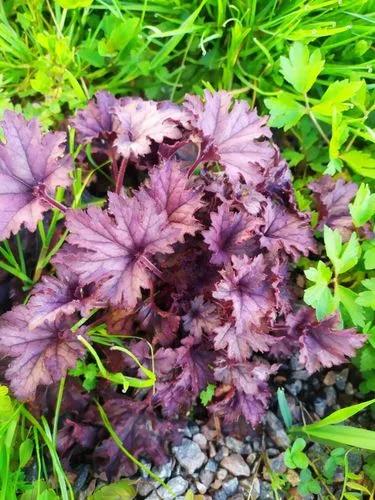Hyacinthus grows from bulbs, each producing around four to six linear leaves and one to three spikes or racemes of flowers. In the wild species, the flowers are widely spaced with as few as two per raceme in H. litwinovii and typically six to eight in H. orientalis which grows to a height of 15–20 cm (6–8 in). Cultivars of H. orientalis have much denser flower spikes and are generally more robust
Pink Hyacinth Care
Hyacinthus



How to Care for the Plant

Water

Water the ground well after you plant the bulbs. Continue watering into winter if there is no regular rain, but allow the ground to dry out between watering. If the bulbs sit in cool, wet soil, they will eventually rot.

Fertilizer

The easiest way to feed new bulbs is to toss some bulb food into the hole at planting time. There are many fertilizers available for feeding bulbs, or you can use an ordinary bone meal. Feed the bulbs at planting and again in the spring when the new growth first appears by scratching some bulb food into the nearby soil and watering well.

Sunlight

Plant your hyacinth bulbs in a spot that boasts full sun or partial shade. As with all spring bulbs, hyacinths sprout, bloom, and start to fade into dormancy before deciduous trees fully leaf out, so you don't have to worry about too much shade from nearby trees. You should aim to give the plants at least six to eight hours of sunlight a day.

Soil

Hyacinth bulbs are not particular about soil pH, but they do best in soil that is loose and well-drained and will not tolerate wet soils. Rich soil can lead to floppy stalks, so go easy on the organic matter when preparing or amending the soil.

Temperature

Hyacinth can be expected to survive the winter in USDA plant hardiness zones four through eight. They may need some winter protection in zones lower than four, and some pre-chilling in zones above eight, depending on the variety. Dig up the bulbs where winter temperatures remain above 60 degrees Fahrenheit and chill them somewhere dark and cold for six to 10 weeks. Unfortunately, hyacinth bulbs are short-lived and will probably last only three or four years.1 Many people treat them as tender perennials and replace them yearly due to decline.

Additional

Hyacinth bulbs contain oxalic acid, which can cause a skin reaction in some people.2 If you are sensitive, wear gloves when handling the bulbs. Oxalic acid is also toxic when eaten, so seek care for humans or pets that eat the bulbs. If you notice any of the below symptoms, contact medical services immediately

Popularity

464 people already have this plant 93 people have added this plant to their wishlists
Discover more plants with the list below
Related articles






